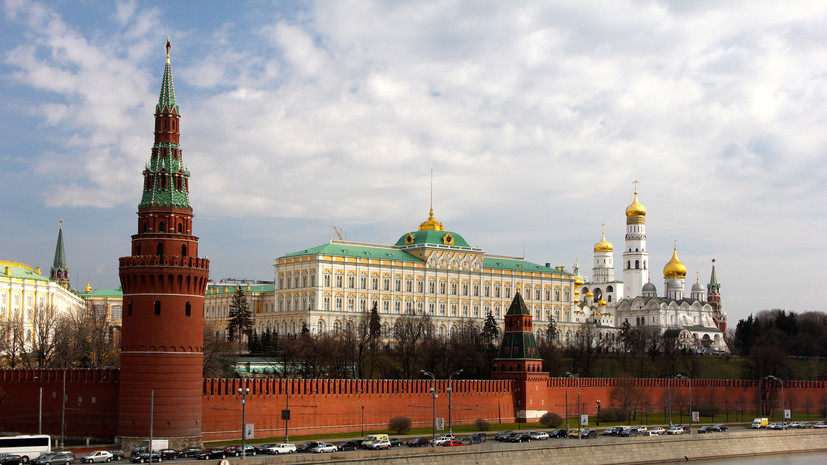The conscription within the framework of partial mobilization has been completed, the decree of the President of Russia also provides for other functions necessary for the country's Ministry of Defense.
This was stated by the press secretary of the head of state Dmitry Peskov.
“The conscription within the framework of partial mobilization was carried out until the established number was reached, which was necessary for the armed forces to fulfill their tasks.
The Ministry of Defense, in fact, reported just that the established number had been reached, in connection with which the conscription of citizens as part of partial mobilization was stopped, completed, ”Peskov said.
He emphasized that, in addition to conscription of citizens for military service, partial mobilization also includes other measures necessary to ensure the tasks of the RF Armed Forces: “This is related to the performance of tasks by military personnel, and so on and so forth.
In this part, it continues to work.
According to him, this also applies to the closed clause in the presidential decree on mobilization.
Recall that the document contains ten points.
Item number seven is hidden under the heading "for official use."
On September 21, Vladimir Putin announced a partial mobilization in Russia.
The measure was introduced to ensure the safety of the inhabitants of Russia and the liberated territories.
Reservists were called up for military service from among those who served in the ranks of the Armed Forces, have certain military specialties and combat experience.
“Those who have served, have a military specialty and combat experience are subject to mobilization.
This is 1% of the total mobilization resource," Defense Minister Sergei Shoigu explained.
On October 20, the head of state visited a military training ground in the Ryazan region, where he checked the training of those called up for service in the RF Armed Forces.
On October 28, Sergei Shoigu reported to the President on the completion of mobilization measures, during which 300 thousand people were recruited into the armed forces.
According to him, in the future, the recruitment of troops will continue at the expense of volunteers and contract servicemen.
On November 4, Vladimir Putin announced that 318,000 Russians, including volunteers, had entered the Russian Armed Forces as part of partial mobilization.
On December 7, the Russian leader noted that about 150,000 mobilized people were in the NVO zone, and the rest of them were at training grounds and training centers where they were undergoing additional training.
“Talks about some additional mobilization measures simply do not make sense, there is no need for the state and the Ministry of Defense today,” Putin explained.
At the end of December, the President and Minister of Defense of the Russian Federation indicated that the conduct of the mobilization campaign had revealed "certain problems."
“All the shortcomings had to be corrected on the go,” Shoigu emphasized, recognizing that the mobilization training system was not fully adapted to current economic relations.
Meanwhile, he added that partial mobilization made it possible to increase the combat capabilities of the troops and intensify hostilities in the NVO zone: “The troops liberated an area five times larger than that which the Lugansk and Donetsk People’s Republics occupied before February 24.”
In turn, Vladimir Putin called for modernizing the system of military commissariats, updating the systems of civil and territorial defense, and interaction with industry.
In addition, it is necessary to improve the system of accumulation and storage of weapons, military equipment, material resources for the deployment of units and formations for mobilization.
In the first half of January, the head of state stressed in his speech that support from relatives and the state is a key moment of motivation for participants in a special military operation.

